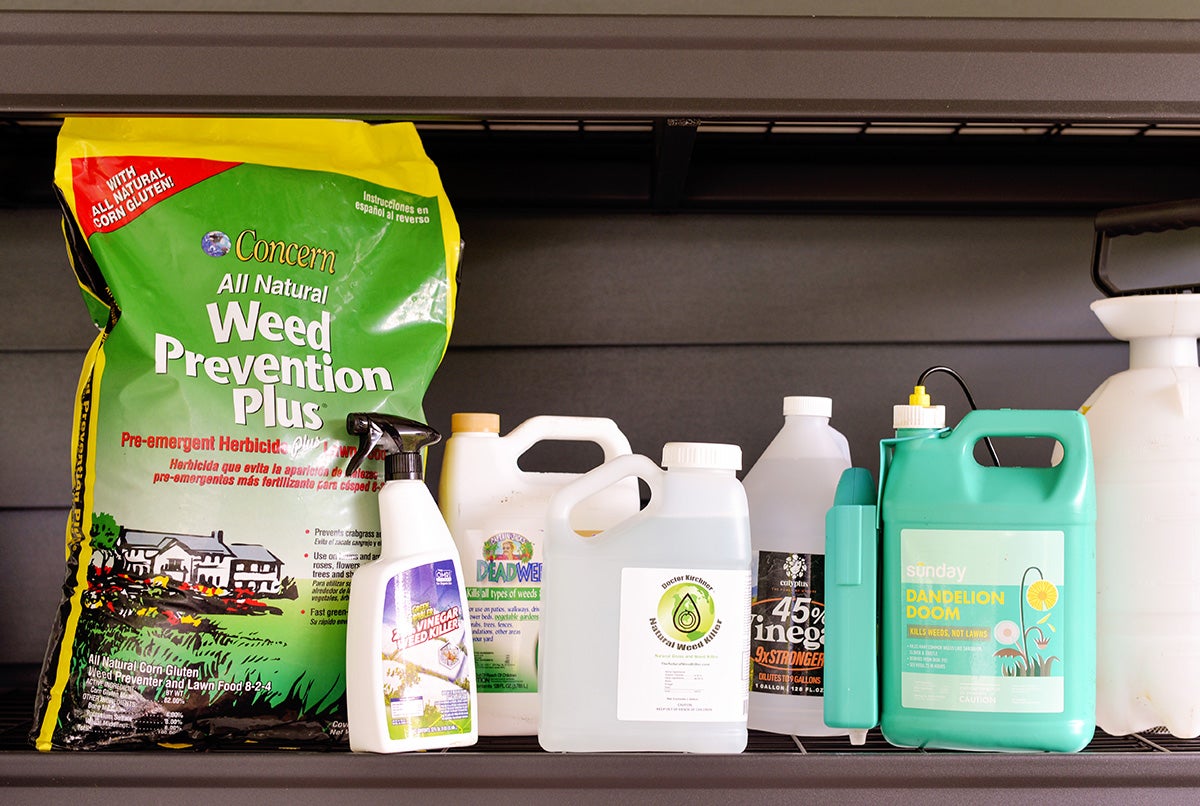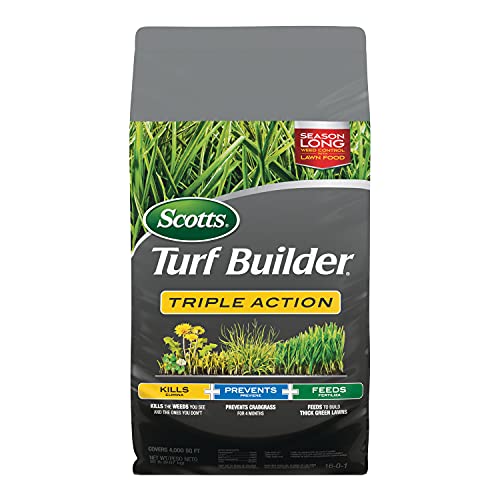The Best Weed Control For Grass: 2024 List
Brandon Forder Apr 25, 2024 6:17 AM
With a plethora of possibilities, picking the best best weed control for grass can be a challenge. With this manual by your side, locating the ideal best weed control for grass couldn't be simpler.
For this comprehensive guide to selecting the best weed control for grass, we accounted for the preferences of a wide range of buyers.

Compare Products
- SCORE9.0
- BrandDEWALT
- SCORE9.0
- BrandPreen
- Prime
- SCORE9.0
- BrandWeed Razer
- Prime
- SCORE8.6
- BrandNatria
- Prime
- SCORE8.4
- BrandNatria
- Prime
- SCORE8.4
- BrandSpectracide
Last update on 2024-04-25 / Affiliate links / Images, Product Titles, and Product Highlights from Amazon Product Advertising API
How do you know if your lawn needs weed control?
Weeds are a nuisance that can not only ruin the look of your lawn but be a hazard to your family and pets. Weeds compete with lawns for nutrients, sunlight and moisture. Weeds are easier to remove before they spread and germination has already begun.
A lawn can be invaded by weeds at any time of the year. Even when your lawn is moist and green, if weeds are present, they can still grow. Abdominal temperatures during the spring and summer months are conducive to weed seed germination, so be vigilant during this time.
Weeds begin to show signs of growth during the spring. Dandelions, chickweed, plantain, crabgrass and other weeds begin to pop their heads above ground. Weeds typically grow two to three inches high before they can be spotted.
As the summer continues, weeds will continue to grow and flourish. The most common weed during the spring and summer is crabgrass. Crabgrass usually grows above two inches and forms thick clumps.
Weed control can be accomplished by mowing your lawn on a regular basis. Mowing your lawn often will prevent weeds from rising up and becoming a concern. Weed control can also be accomplished by using herbicides. There are several types of herbicides available, including selective and non-selective.
Selective herbicides are made to eliminate specific weeds. Selective herbicides should only be applied to weeds. Non-selective herbicides will eliminate all weeds. Non-selective herbicides should be applied to the entire lawn. Always follow the manufacturer's instructions when using herbicides.
What are some ways to prevent weeds in your lawn?
Weeds in your lawn are unsightly. They can ruin the look of your lawn and make it hard for you to enjoy the time you spend outdoors. Weeds can even ruin your soil and choke out other grass varieties. There are several things that you can do in order to prevent weeds from taking over your lawn.
Pre-Emergent Weed Killer: Pre-emergence weed killer is designed to kill weeds that have already started to grow. If you are using pre-emergence weed killer, it is important to apply it before weeds appear. Otherwise, it won't work. If you wait too long to apply the pre-emergence weed killer, weeds will become visible, and then the weeds will not be killed.
Post-Emergent Weed Killer: Post-emergence weed killers kill weeds that are actively growing. If you are using post-emergence weed killer, it is important to apply it before the weeds grow large enough. Otherwise, they won't die. If you wait too long to use the post-emergence weed killer, the weeds will continue to grow, and they won't die.
How can weed control help in your lawn?
Weed control is an important part of maintaining a healthy lawn. By controlling the weeds that are growing in your lawn, you can improve the appearance and quality of your lawn. There are a number of different weed control products that you can use to achieve this goal.
One of the best ways to control weeds is to use weed control products that are designed to target specific weeds. These products are often effective against a variety of weeds, including dandelions, mallow, and chickweed. You can also use herbicides to control weeds in your lawn. Herbicides are effective against a wide variety of weeds, including broadleaf weeds, grasses, and vegetables.
You should always read the label of the weed control product before using it. Make sure to follow the instructions carefully to ensure that you are using the product in the most effective way possible. Weed control is an important part of maintaining a healthy lawn, and by using the right product, you can achieve the desired results.
How frequent should you treat your lawn for weed control?
In spring, most lawns need weed control to prevent weed from growing around and overtaking your yard. The frequency with which you need to treat your lawn depends on where you live, the types of weeds present, and the severity of the problem.
In some areas, a summer of mowing and watering is enough to prevent weed growth, but in other areas that have poor growing conditions, weeds may take over your yard. These weeds might include crabgrass, dandelions, or other types of weeds.
For areas with more severe weed problems, you may need to treat your lawn with weed killer once every two or three weeks. These treatments should be applied during the growing season.
For areas where crabgrass and other weeds are less of a concern, you may only need to treat your lawn three or four times a year. These treatments should be applied during the growing season.




























